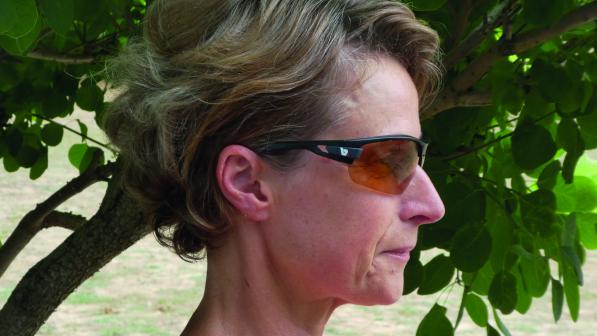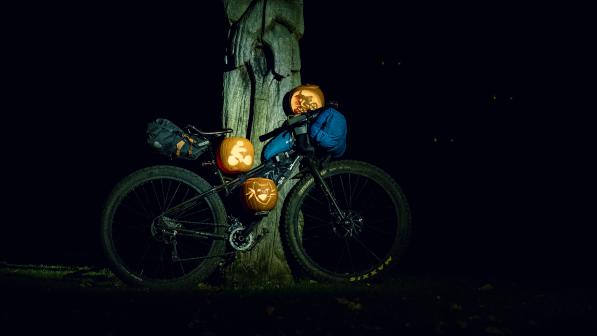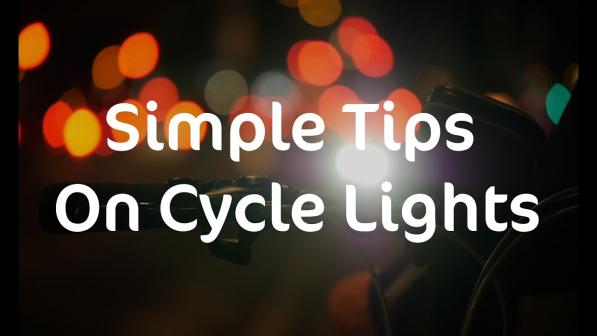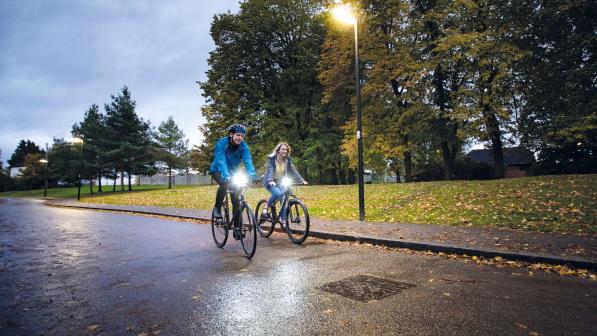‘Dazzling sun’ deaths on Britain’s roads disproportionately affect vulnerable road users

- Almost three-quarters of people killed on British roads between 2017 and 2021 in incidents involving ‘dazzling sun’ were pedestrians, cyclists or motorcyclists
- As clocks go back, Cycling UK asks people driving to slow down and be aware of risk caused by lower sun
- More than a third of all casualties in incidents involving this same contributory factor were from these vulnerable road user groups
As the clocks go back this Sunday 30 October, Cycling UK is urging people to take care when driving at times when the sun is lower in the sky in the early morning or late afternoon.
According to road casualty statistics, on average over the five years between 2017 and 2021, 28 people die on Britain’s roads each year in incidents where ‘dazzling sun’ is recorded as a contributory factor. Of these 74% (21) are vulnerable road users, such as pedestrians, cyclists or motorcyclists.
Over the same period on average 2,876 road users were also injured, with 35% (1,013) of these people vulnerable road users.
This is despite cyclists and motorcyclists combined only making up about 2% of vehicle mileage on Britain’s roads. Generally speaking, about 4% of the miles people travel each year are walked.
In 2020, when cycling levels were higher due to more people riding bikes during the pandemic, there was a four-fold increase in comparison to normal years, with ‘dazzling sun’ attributed as a contributing factor in 17 cyclists’ deaths.
As we see a similar increase in numbers of people cycling due to the cost of living pressures, Cycling UK is concerned that unless people drive safely and according to the conditions we could see a similar unnecessary increase in road deaths for 2022.
Duncan Dollimore, Cycling UK’s head of campaigns, said:
“In the UK it sometimes feels that we assume casualties on our roads are inevitable, but behind every one of those numbers is a tale of untold and unnecessary tragedy – especially where ‘dazzling sun’ is said to be a contributory factor.
“When we drive it is simple. If we cannot see the road ahead clearly – whether caused by low sun or fog – we need to adjust how we drive. That means slowing down and where appropriate and safe to do so, stopping until we have clear visibility of the road again.
“The sun doesn’t just appear by magic, and in many of these cases where drivers claim to have been dazzled by the sun questions should be asked about why they weren’t anticipating those conditions, or hadn’t modified their driving in response.
“It’s imperative, particularly at this time of year, that people think about how they can avoid being dazzled by the sun, and the precautions they can take to keep themselves and others safe on our roads.”
Cycling UK is also asking drivers to consider:
- giving as much room as practically possible when overtaking (at least 1.5m at speeds lower than 30mph and more when travelling faster) due to cyclists’ need to manoeuvre around drains, potholes and other road debris;
- giving even more space in wet weather when surfaces will be more slippery; and
- using dipped headlights when approaching people cycling as they would for other road users.
The law states it is illegal to cycle on a public road between sunset and sunrise without lights and reflectors, as defined by the Road Vehicles Lighting Regulations – the current version of which was published in 1989 and most recently amended in 2009.
Cycling UK says cyclists, like all road users, should behave responsibly and within the law and should ensure that they have reflectors and working lights while cycling at night.
To help keep new riders safer, in addition to its usual offer of free £10m third-party insurance and legal advice, the charity is now providing all new joiners a free Blackburn 2’fer light: www.cyclinguk.org/Join-Lights
ENDS
Notes to editors
- Cycling UK, the UK’s cycling charity, imagines a world where the streets are free of congestion and the air is clean to breathe, where parents encourage their children to cycle to school and everyone shares the exhilaration of being in the saddle. For more than 140 years, we’ve been making our streets safer, opening up new traffic free routes and inspiring more people to cycle more often. www.cyclinguk.org
- For more information on the road casualty figures in Great Britain see Table RAS0701 ‘Contributory factors for casualties in accidents by severity’: https://www.gov.uk/government/statistical-data-sets/reported-road-accidents-vehicles-and-casualties-tables-for-great-britain#factors-contributing-to-collisions-and-casualties-ras07
- DfT’s road traffic figures, Tables TRA0101 and TRA0401 – for cycling and motor cycle traffic: https://www.gov.uk/government/statistics/road-traffic-estimates-in-great-britain-2021
- DfT’s National Travel Survey, Table 0601c https://www.gov.uk/government/statistics/national-travel-survey-2021 and ONS population figures, Table MYE4 https://www.ons.gov.uk/peoplepopulationandcommunity/populationandmigration/populationestimates/datasets/populationestimatesforukenglandandwalesscotlandandnorthernireland – applying England’s figures to GB, and excluding bus and rail travel.
Press contact information
For more information, please contact the national Cycling UK press office. Due to the restrictions caused by the coronavirus outbreak, currently the main press office number (01483 238 315) is not being monitored. If you would like to speak to a member of the press office during working hours (0900-1700) please email [email protected]. Out of hours, call 07786 320 713.





